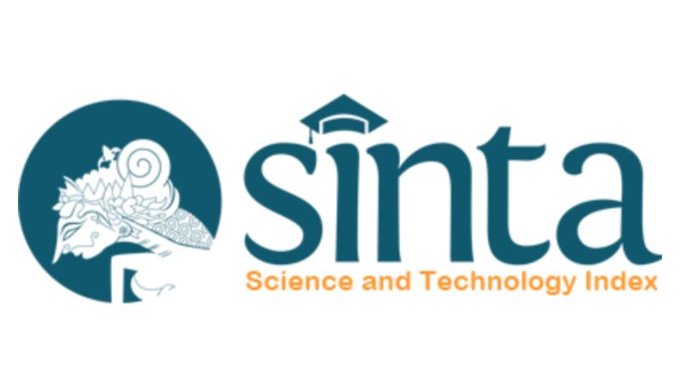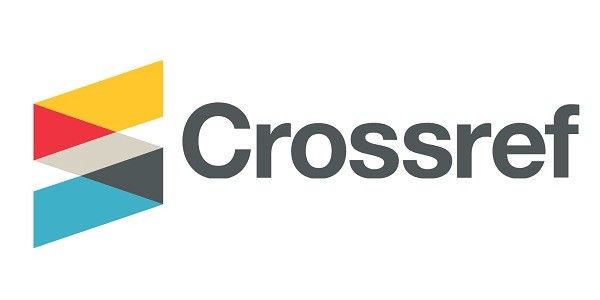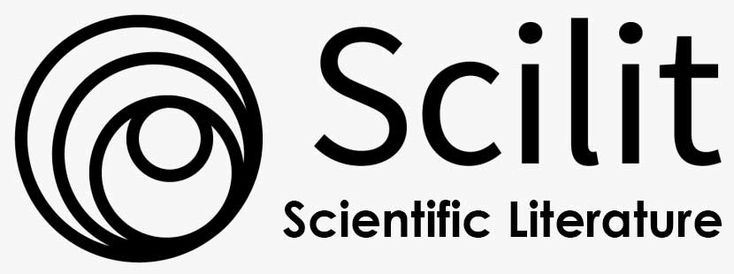Kontroversi Penggunaan Amiodaron untuk Terapi Atrial Fibrillation pada Penderita Sindrom Wolff-Parkinson-White
DOI:
https://doi.org/10.55175/cdk.v45i8.745Keywords:
Amiodaron, aritmia, atrial fibrilasi, Wolff-Parkinson-WhiteAbstract
Sindrom Wolff-Parkinson-White (WPW) dikombinasi dengan atrial fibrillation (AF) merupakan kondisi yang mengancam nyawa, sehingga dibutuhkan terapi segera. Amiodaron, yang berdasarkan klasifikasi Vaughan-Williams merupakan agen antiaritmia kelas III, memiliki mekanisme kerja mencakup seluruh kelas antiaritmia dan paling sering digunakan dalam terapi terminasi AF. Akan tetapi, pada kondisi sindrom WPW dengan AF, amiodaron dapat memperburuk aritmia hingga menjadi ventricular fibrillation (VF) akibat efek kerjanya yang dapat menghambat konduksi di nodus atrioventrikular (AV).
Wolff-Parkinson-White (WPW) syndrome combined with atrial fibrillation (AF) is a life-threatening condition that needs immediate treatment. Amiodarone, according to Vaughan-Williams classification, is a class III antiarrhythmic with activities of all four antiarrhythmic classes; it is the most common drug used for AF termination. But in AF with WPW syndrome, amiodarone may aggravate the condition into ventricular fibrillation (VF) due to its effect on inhibiting atrioventricular (AV) node conduction
Downloads
References
Siddiqui MA, Khan A, Zaka M. A review of structure activity relationship of amiodarone and its derivatives. Open J Med Chemistr. 2016;06(02):37-42.
Tijunelis MA, Herbert ME. Myth: Intravenous amiodarone is safe in patients with atrial fibrillation and Wolff-Parkinson-White syndrome in the emergency department. Cjem. 2005;7(4):262-5.
Hrudikova VE, Grundmann M, Duricova J, Kacirova I. Therapeutic monitoring of amiodarone: Pharmacokinetics and evaluation of the relationship between effect and dose/concentration. Biomedical papers of the Medical Faculty of the University Palacky, Olomouc, Czechoslovakia. 2017;161(2):134-43.
Victor CU, Jorge TR, Ignacio FL. Preventing recurrences: Classic and modern antiarrhythmic drugs in atrial fibrillation. Cardiovasc Pharmacol: Open Access. 2014;04(01):1-8.
Badshah A, Mirza B, Janjua M, Nair R, Steinman RT, Cotant JF. Amiodarone-induced torsade de pointes in a patient with Wolff-Parkinson-White syndrome. Hellenic J Cardiol / Hellenike kardiologike epitheorese. 2009;50(3):224-6.
Simonian SM, Lotfipour S, Wall C, Langdorf MI. Challenging the superiority of amiodarone for rate control in Wolff-Parkinson-White and atrial fibrillation. Intern Emerg Med. 2010;5(5):421-6.
ECC Committee S, Task forces of the American Heart Association. 2005 American Heart Association Guidelines for Cardiopulmonary Resuscitation and Emergency Cardiovascular Care. Circulation. 2005;112(24 Suppl):IV1-203.
Schutzenberger W, Leisch F, Gmeiner R. Enhanced accessory pathway conduction following intravenous amiodarone in atrial fibrillation. A case report. Internat J Cardiol. 1987;16(1):93-5.
Boriani G, Biffi M, Frabetti L, Azzolini U, Sabbatani P, Bronzetti G, et al. Ventricular fibrillation after intravenous amiodarone in Wolff-Parkinson-White syndrome with atrial fibrillation. Am Heart J. 1996;131(6):1214-6.
Sheinman BD, Evans T. Acceleration of ventricular rate by amiodarone in atrial fibrillation associated with the Wolff-Parkinson-White syndrome. Br Med J (Clin Res Ed). 1982;285(6347):999-1000.
Miller ZM, Zipes DP. Therapy for cardiac arrythmias. In: Mann DL, Zipes DP, Libby P, Bonow RO, Braunwald E, editors. Braunwald's heart disease: A textbook of cardiovascular medicine. 10th ed. Philadelphia: Elsevier Saunders; 2015. p. 697-8.
Fogoros RN. Antiarrhythmic drugs a practical guide. 2nd ed. Massachusetts: Blackwell Publ.; 2007.
Herendael HV, Dorian P. Amiodarone for the treatment and prevention of ventricular fibrillation and ventricular tachycardia. Vasc Health Risk Manag. 2010;6:465-73.
Regional Center for Poison Control and Prevention Serving Massachusetts and Rhode Island. Amiodarone. Clin Toxicol Rev. 2003;25(5):1-4.
Leiria TLL, Mantovani A, Ronsoni RM, Pires LM, Kruse ML, deLima GG. Ventricular fibrillation during amiodarone infusion in a patient with Wolff-Parkinson-White syndrome and atrial fibrillation: A case report. J Medical Cases. 2012;3(5):300-3.
Freemantle N, Lafuente-Lafuente C, Mitchell S, Eckert L, Reynolds M. Mixed treatment comparison of dronedarone, amiodarone, sotalol, flecainide, and propafenone, for the management of atrial fibrillation. Europace. 2011;13(3):329-45.
Stewart AM, Greaves K, Bromilow J. Supraventricular tachyarrhythmias and their management in the perioperative period. Cont Ed in Anaesthesia Critical Care & Pain. 2015;15(2):90-7.
January CT, Wann LS, Alpert JS, Calkins H, Cigarroa JE, Cleveland JC, Jr., et al. 2014 AHA/ACC/HRS guideline for the management of patients with atrial fibrillation: executive summary: A report of the American College of Cardiology/American Heart Association Task Force on practice guidelines and the Heart Rhythm Society. Circulation. 2014;130(23):2071-104.
Ortiz M, Martin A, Arribas F, Coll-Vinent B, Del Arco C, Peinado R, et al. Randomized comparison of intravenous procainamide vs. intravenous amiodarone for the acute treatment of tolerated wide QRS tachycardia: the PROCAMIO study. Eur Heart J. 2017;38(17):1329-35.
Marill KA, deSouza IS, Nishijima DK, Stair TO, Setnik GS, Ruskin JN. Amiodarone is poorly effective for the acute termination of ventricular tachycardia. Ann Emerg Med. 2006;47(3):217-24.
Tomlinson DR, Cherian P, Betts TR, Bashir Y. Intravenous amiodarone for the pharmacological termination of haemodynamically-tolerated sustained ventricular tachycardia: Is bolus dose amiodarone an appropriate first-line treatment? Emerg Med J. 2008;25(1):15-8.
Mattu A. IV Amiodarone for WCT: Time to say goodbye? [Internet]. 2016 [cited 2018 15 Feb]. Available from: https://www.medscape.com/viewarticle/869433
Downloads
Published
How to Cite
Issue
Section
License
Copyright (c) 2018 https://creativecommons.org/licenses/by-nc/4.0/

This work is licensed under a Creative Commons Attribution-NonCommercial 4.0 International License.





















